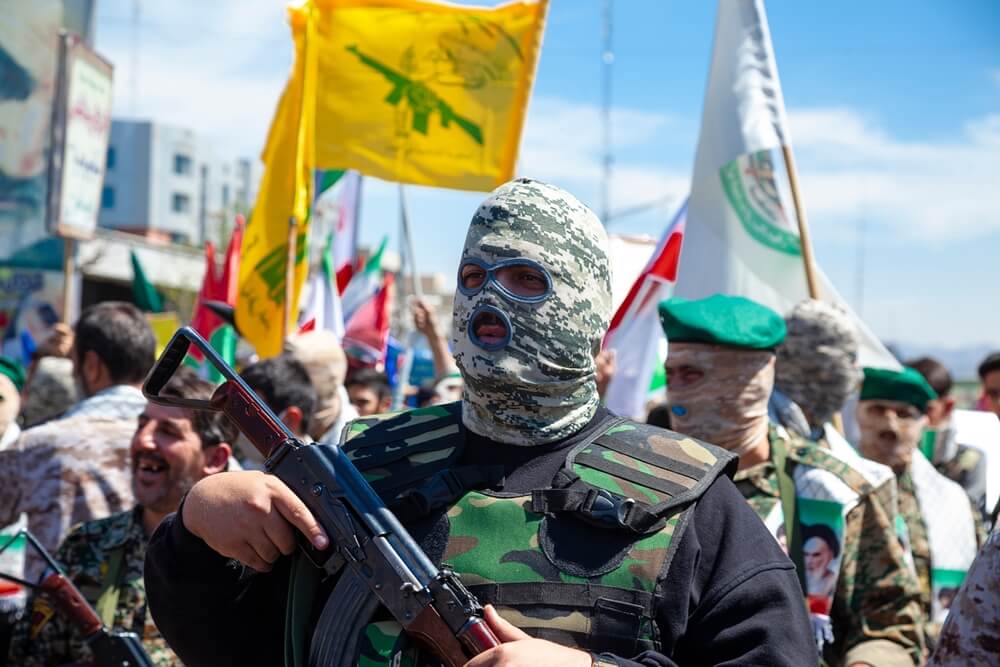The regime in Tehran was in the midst of a leadership crisis when President Ebrahim Raisi passed away, and a second, much bigger, and more complicated crisis emerged.
Only 41% of voters participated in the March 1 elections for the Assembly of Experts and the parliament, the lowest turnout since the 1979 revolution.
If the official electoral authorities' potentially inflated information is accurate, it presents a significant challenge for the theocratic administration and serves as a strong indication of its highly questionable legitimacy.
The overwhelming majority of almost 90 million Iranians showed just 50 days ago that they are completely apathetic but also dissatisfied with the government, partly because of the long economic and social crisis and partly because of the repression that has been increasing.
Despite parliament's limited impact on state governance and the concentration of power in the hands of the clerical elite, the March boycott posed a significant challenge for the regime with no viable solution.
The leadership crisis intensified after the helicopter crash that killed Iranian President Raisi and Foreign Minister Hossein Amir-Abdollahian.
Election of the supreme leader
One aspect of this, perhaps the most significant, concerns the process of electing the future Supreme Leader, in which Raisi was to play a key role.
Along with Mojtaba Khamenei (55), the son of Supreme Leader Ali Khamenei (85), Ebrahim Raisi was considered one of the most likely successors to Khamenei in the highest position in Iran.
Raisi's role extends beyond being the front-runner for the position of Supreme Leader
Raisi's role extends beyond being the front-runner for the position of Supreme Leader. Raisi, along with two other clerics, reportedly received Ali Khamenei's commission to oversee the selection of his successor, making him one of the key figures responsible for the complicated election of the religious and state number one.
The March elections also saw the election of the Assembly of Experts, an 88-member body of Islamic clerics. It is expected to decide on the new Supreme Leader, given Ayatollah Khamenei's advanced age and poor health.
Departure of the central figure
The helicopter tragedy in north-west Iran has not only removed the country's current president from office, but also the person who served as the focal point for Tehran's highest establishment's long-term strategies.
Ebrahim Raisi, loyal to his mentor Ali Khamenei, was undoubtedly the favourite in the plans to lead the country in the post-Khamenei era, which lasted for 35 years.
He has served not only as a committed, conservative religious leader who has had Khamenei's approval throughout his career, but also as a bureaucrat with experience in managing the state apparatus in accordance with the decisions made by the Islamic Republic's religious leadership.
Since the late 1980s, no one has questioned his loyalty to the revolution as the ultimate criterion for climbing the ladder of power. At the time, he was part of a panel of judges that sentenced around 5,000 dissidents to death after the end of the war with Iraq.
Raisi has inevitably created powerful opponents on his seemingly well-trodden path to the pinnacle of power
However, Raisi has inevitably created powerful opponents on his seemingly well-trodden path to the pinnacle of power.
In the closed circles of the establishment in Tehran and in the complicated relationships between business leaders, military commanders, senior bureaucrats, and religious leaders, Raisi certainly did not enjoy the support of all, regardless of the fact that he had the support and protection of the supreme leader.
“Raisi’s death would create a succession crisis in Iran. In Iran's conspiratorial political culture, few will believe Raisi’s death was accidental”, Karim Sadjapour of the Carnegie Endowment for International Peace told TIME.
A set of several crises
The constitution's scheduled election of a new Iranian president in mid-July could not have come at a worse time for the Tehran regime. This is particularly true for certain factions within the regime.
The sudden test of the citizens' will comes almost two years before the regular presidential elections, at a time when the regime is facing the ever-lower legitimacy shown in the March elections.
A new test of the will of the people, just a few months after an apparent boycott, can only deepen the legitimacy crisis, not alleviate it.
 Ebrahim Raisi has left behind a legacy of brutal repression of civil protests and strong social tensions, for which the regime sees no other solution than even stronger repression
Ebrahim Raisi has left behind a legacy of brutal repression of civil protests and strong social tensions, for which the regime sees no other solution than even stronger repression
The presidential elections come at a time of major economic and social crises caused by years of sanctions, with inflation exceeding 40% and the national currency weakening.
Ebrahim Raisi has left behind a legacy of brutal repression of civil protests and strong social tensions, for which the regime sees no other solution than even stronger repression.
Iran has only increased its otherwise disruptive role in the wider Middle East region in recent years, including a direct military conflict with Israel and the recent exchange of missile strikes.
Following the death of Ebrahim Raisi, conflicts within the establishment over the levers of power, particularly the struggle for the throne of the future supreme leader, could lead Iran into a turbulent period unprecedented since the 1979 revolution.